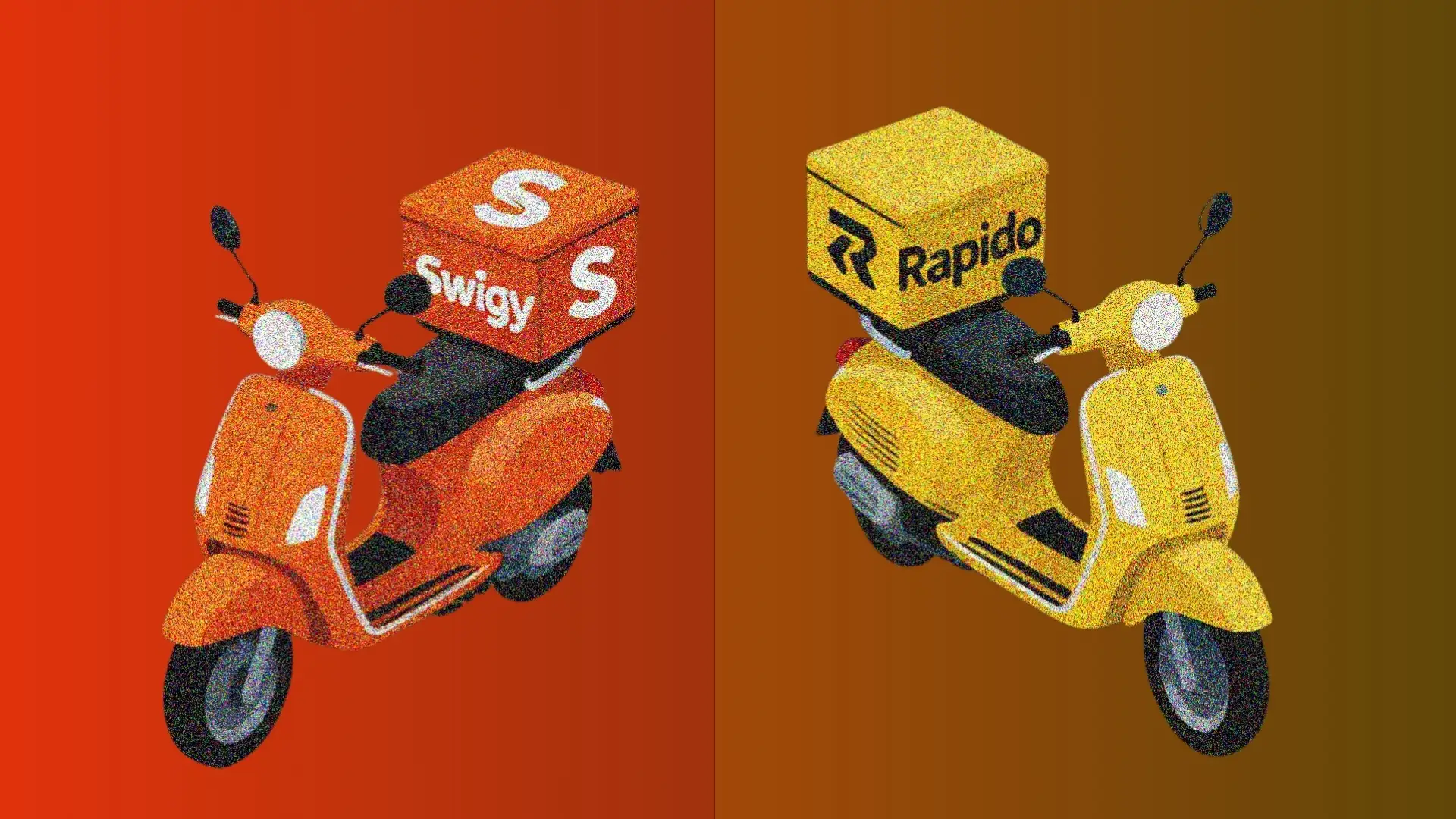If you’re someone who’s passionate about building startups or even brainstorming your next big idea, this article is written for you. But before we dive in, let me ask you something What’s the one trait a startup must have to be a game-changer?
Give a thought to it. Well, the answer to this question is destruction. “Creative Destruction.” Because unless your idea has the power to break something that no longer serves, it won’t change the game; it will just join the players.
So, pause for a second and think about it and ask yourself, “What is my startup destroying?”
Let’s understand more about these destruction scenarios, how you should destruct, and why it is important.
But before that, let’s understand this concept of creative destruction:
In 1942 Joseph Schumpeter, who is an Austrian economist, introduced a unique perspective and idea into the world of economics, which he called “creative destruction.”
What he meant was this: Capitalism doesn’t move in a straight line, and it doesn’t grow because everything becomes better slowly and peacefully. It grows because something old breaks and something new takes its place.
What should happen? Something old breaks, and something new takes its place.
Old systems get too comfortable and protected. And over time, they become barriers to progress. They consume resources, block innovation, and resist change until something forces them out of the way.
That’s the same thing we are seeing today in this startup world.
You take any big startup; they are standing tall today because they have destructed the old methods.
Uber has become what it is today after disrupting the unorganized and old methods. OYO, WhatsApp, Zoom, Paytm, Zerodha, Cred. Why not? If you dig into the roots, you’ll see there’s always an old method that got destroyed.
So, you might be having this question: is it really essential to build a destructive idea?
No, it is not essential.
There are successful startups that build on top of existing models or enhance current systems. But most of them end up becoming features, not revolutions.
Because additional features might be ignored by many people. But when you really solve a major problem or build a destructive business, the real game starts there.
Now the question is, how do we find those old methods?
It’s all around us; we still live in an old system that you, I, and almost everyone tolerate, but we all hate.
That might be the starting point. Or it doesn’t always need to be some old method. But when you can find the gaps, that actually matters.
If you are looking for some unique opportunities in different industries, then have a look at our previous articles, where we delved deeper into several industries and highlighted the gaps in the country and globally.
To give you some context, here is a simple example.
In 2008, two guys in San Francisco were broke, and they couldn’t even pay rent. Hotels were too expensive. A big conference was happening in the city, and all the rooms were booked.
So, they did something crazy. They put an air mattress in their living room and invited strangers to stay. That was the first version of Airbnb.
They didn’t just build a booking website, but they broke a belief. They destroyed the idea that only hotels are safe, only hotels are trusted.
They changed how people trust strangers, and that’s much bigger.
Now this company is a billion-dollar empire. It is a simple idea that has solved a bigger problem. It is innovative and worked.
This clearly shows and supports why 90% of startups are failing. When do you search for the reasons why startups are failing? It is because of a lack of innovation.
Just in the last year, over 5000 companies have failed, and the startup failure rates show us the clear picture.
In India, over 10% of startups fail in their first year, and interestingly, 70% of startups fail between the range of two and five.
20% of startups failed after 5 years of their inception and only survived beyond 8 years.

There are plenty of reasons why there might be no need in the market, no funding, or no clarity on revenue or business model.
But you know funding has never stopped; it just slowed down.
Investors are backing those with clear revenue models, deep differentiation, and founders who are clear about what they really want to build.
Even in 2024, the consumer technology sector has raised more funding compared to any other segment.
It has reached $5.4 billion, which is double the earlier year. In last year’s funding, SaaS has grown, and the agritech sector and also D2C brands have seen growth compared to previous years.
But creative destruction can be dangerous if it destroys jobs, culture, or ethics without offering better solutions.
Destroy something broken. Rebuild something better.
That’s what gets funded. That’s what scales. That’s what changes the game.
So, if you are starting out on something, ask this question again.
“What is my startup destroying?”








